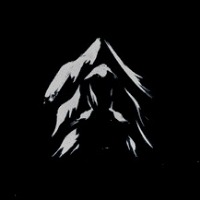Tenacious Techhunter said: SVG is probably better for 3D geometry dice than raster graphics because you can directly associate the face geometry with the image file; if you do it right, it doesn’t need additional cropping to the face shape; whereas a regular raster texture with pixels would need that cropping, and the association between 3D geometry and texture geometry wouldn’t be obvious. Do you have any experience with 3d rendering? Generally, a set of UV coordinates are used to map the 2d image into the XYZ space of the model. You don't want one image per face, because that would use up way too much memory (especially when you're not talking about simple geometric shapes like dice, but rather models with 20,000+ faces). The texture geometry isn't always completely intuitive for complex models if you just look at the image, but you can get a pretty good idea usually, especially for organic shapes like people and animals. Here's a cheetah texture: Looks a lot like a cheetah-skin rug, yeah? Obviously, drawing directly on the texture like this would be horrendous for the artist, but there are many tools to make things easier, generating the 2d image after the fact. Simple figures are a lot easier, and don't even need special tools, you just need to know where the lines are that you need to color inside of, and maybe what rotation each face should be at (depending on the UV coordinates, all the faces might be oriented the same way in the texture, but an automatically-generated UV unwrap probably won't be). After some quick searching for people using SVGs for 3d texturing, it looks like there exist tools to do so... but they're simply rendering the SVG to some bitmap format at a specified resolution.

